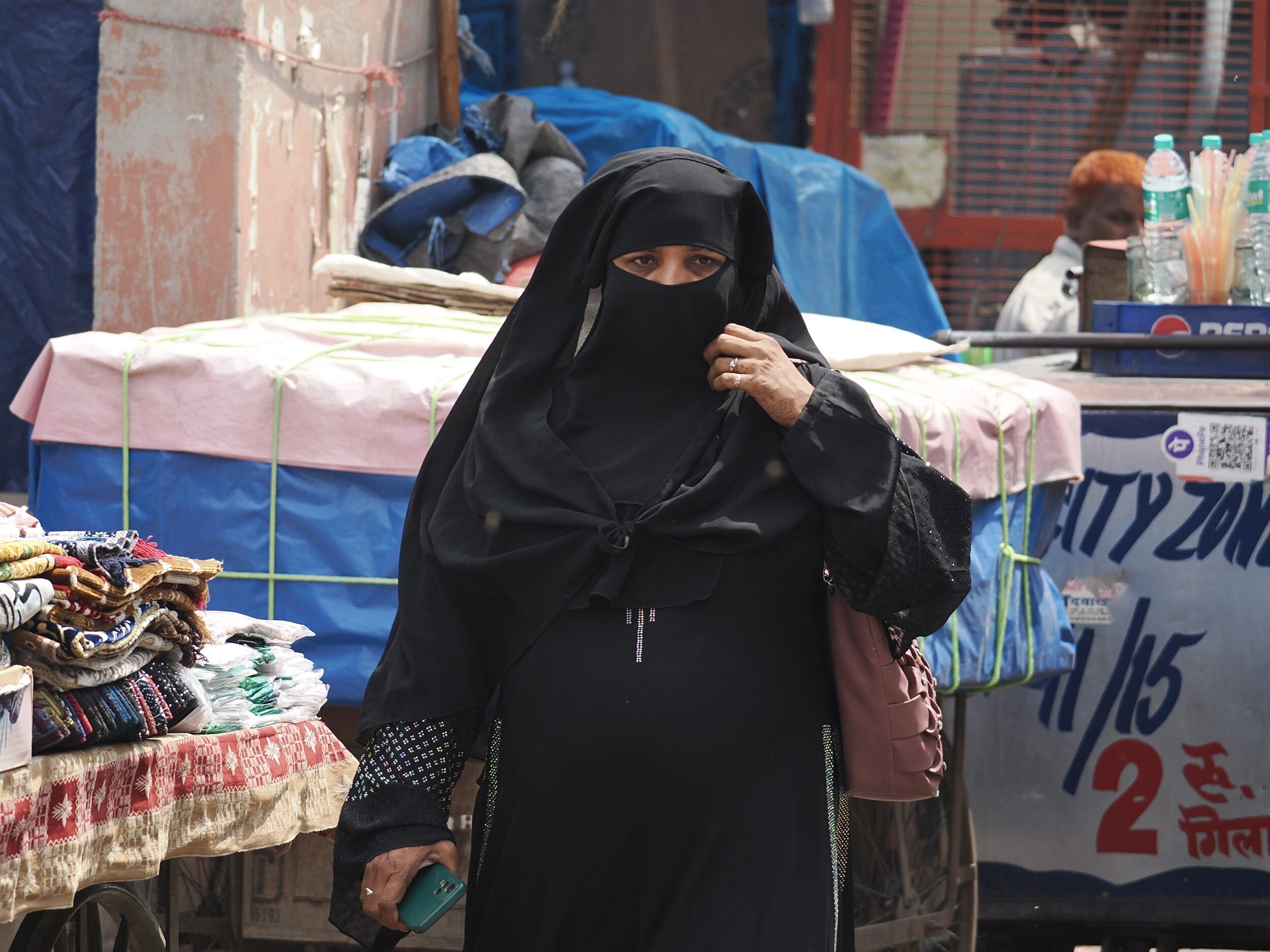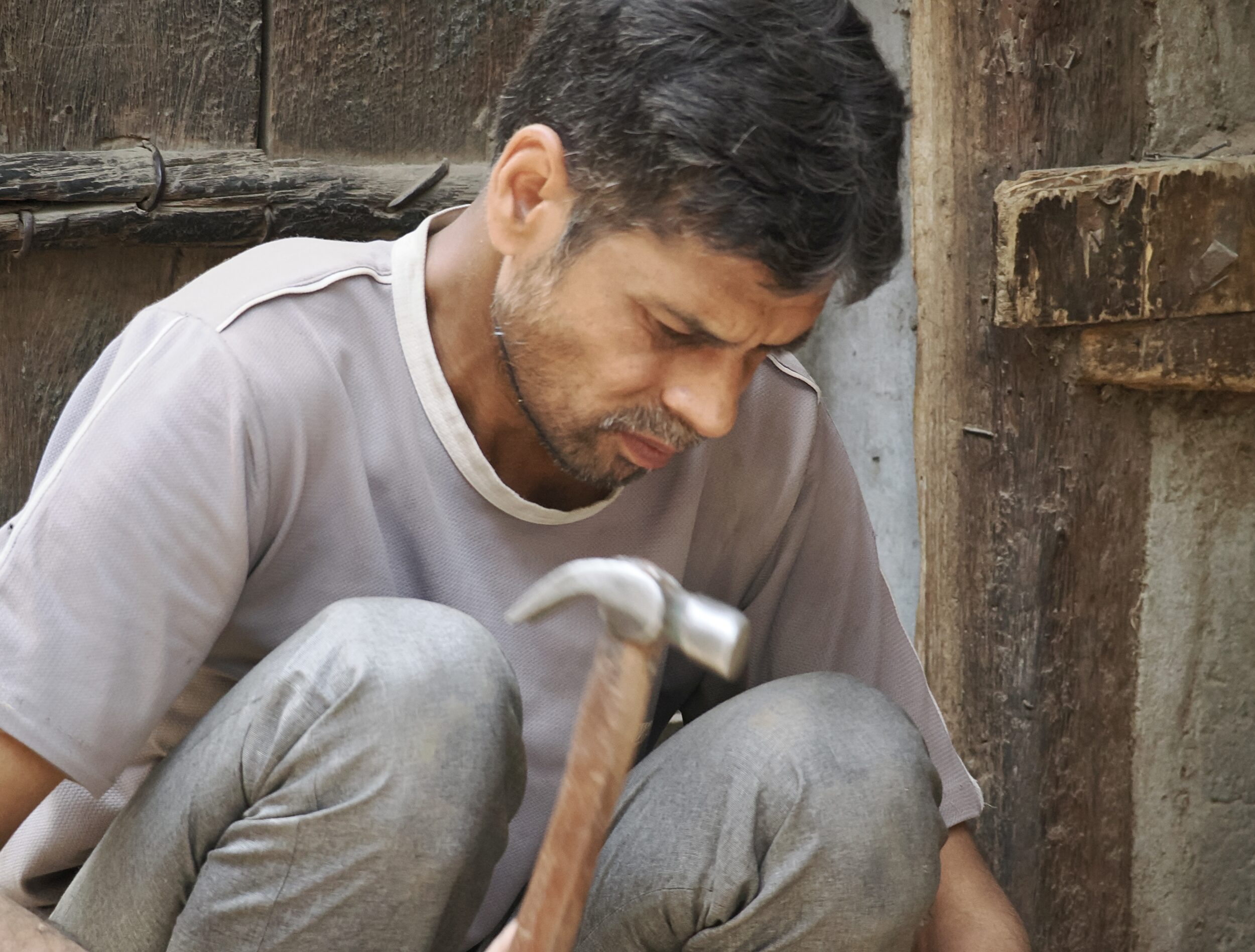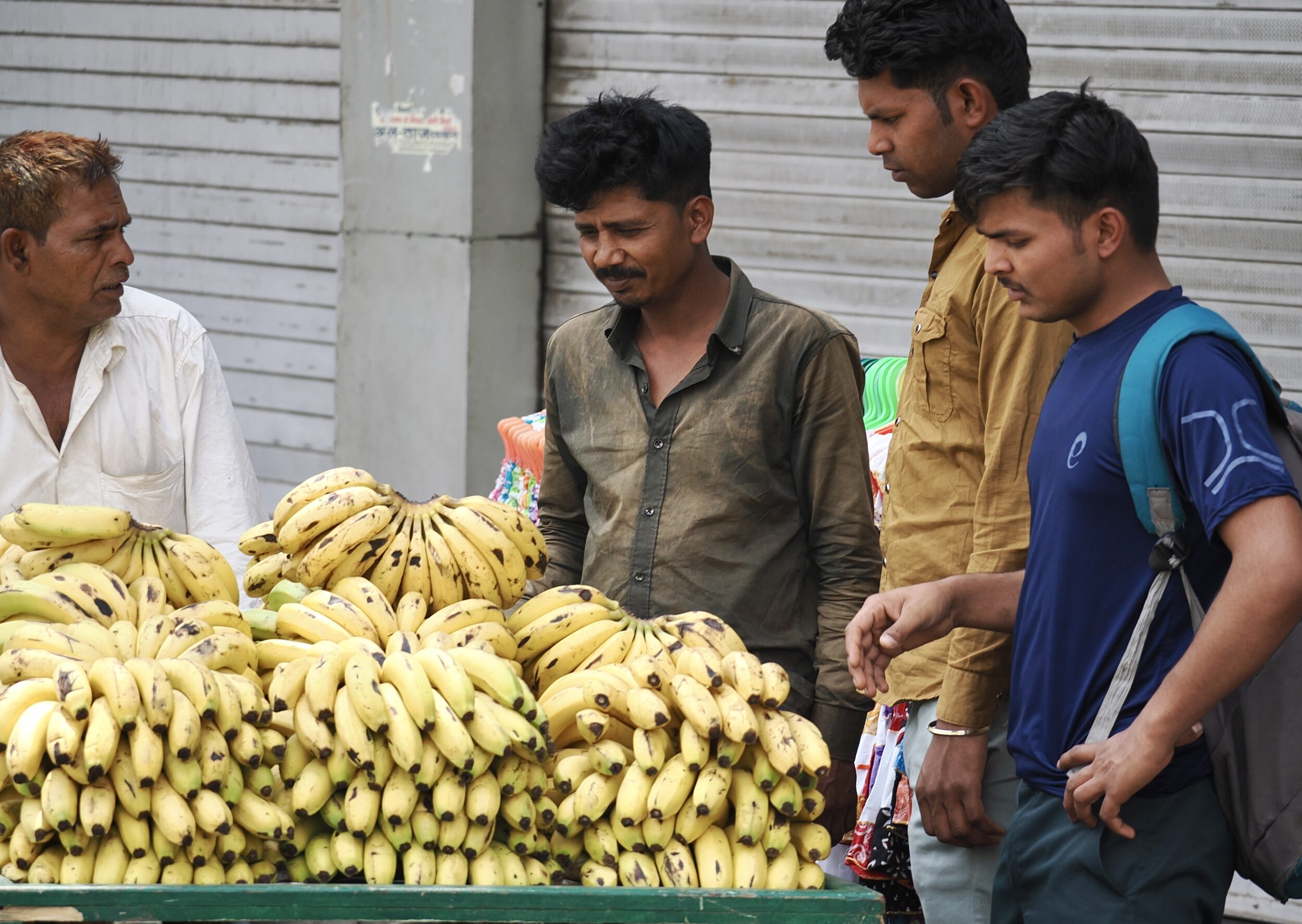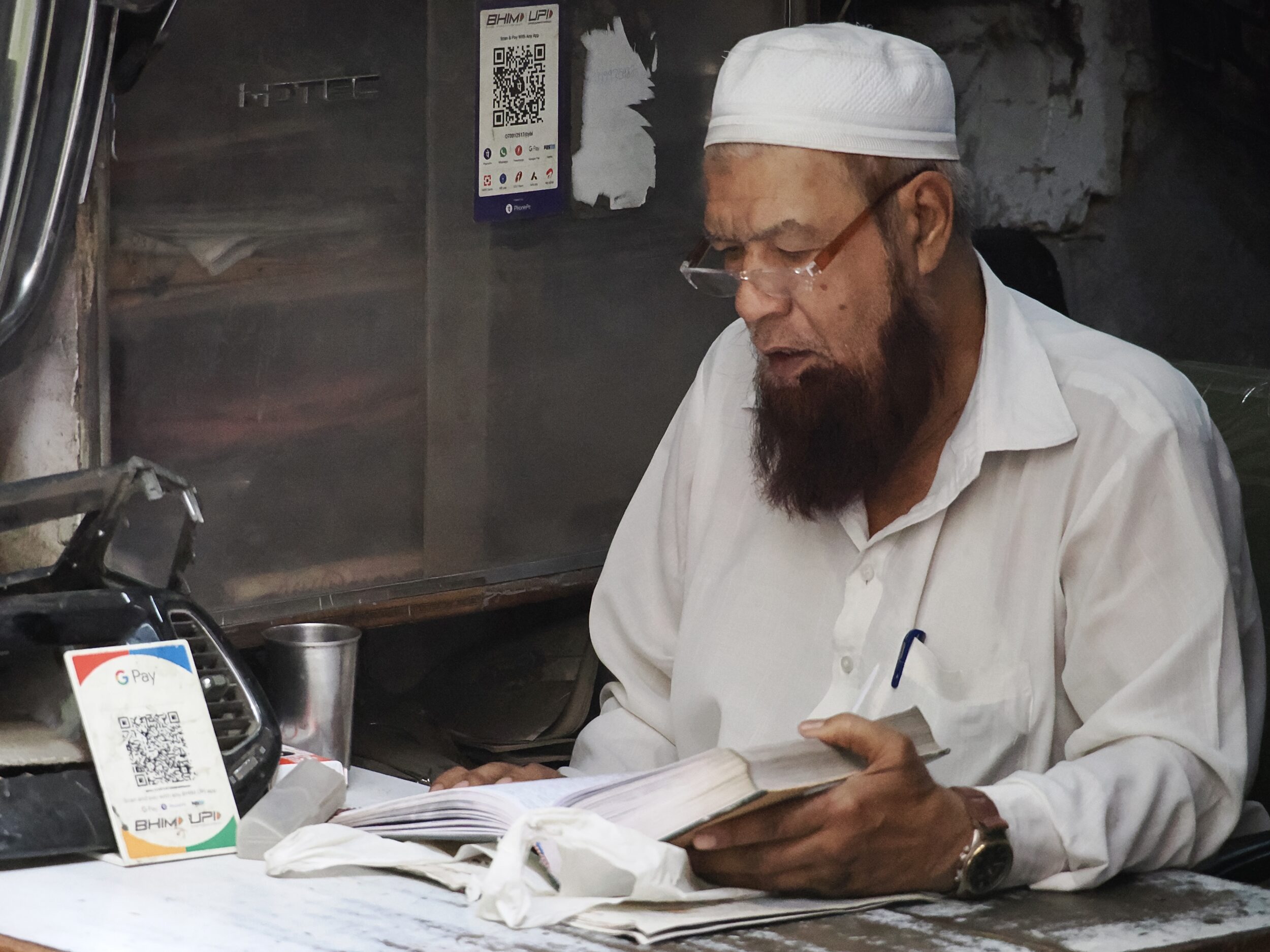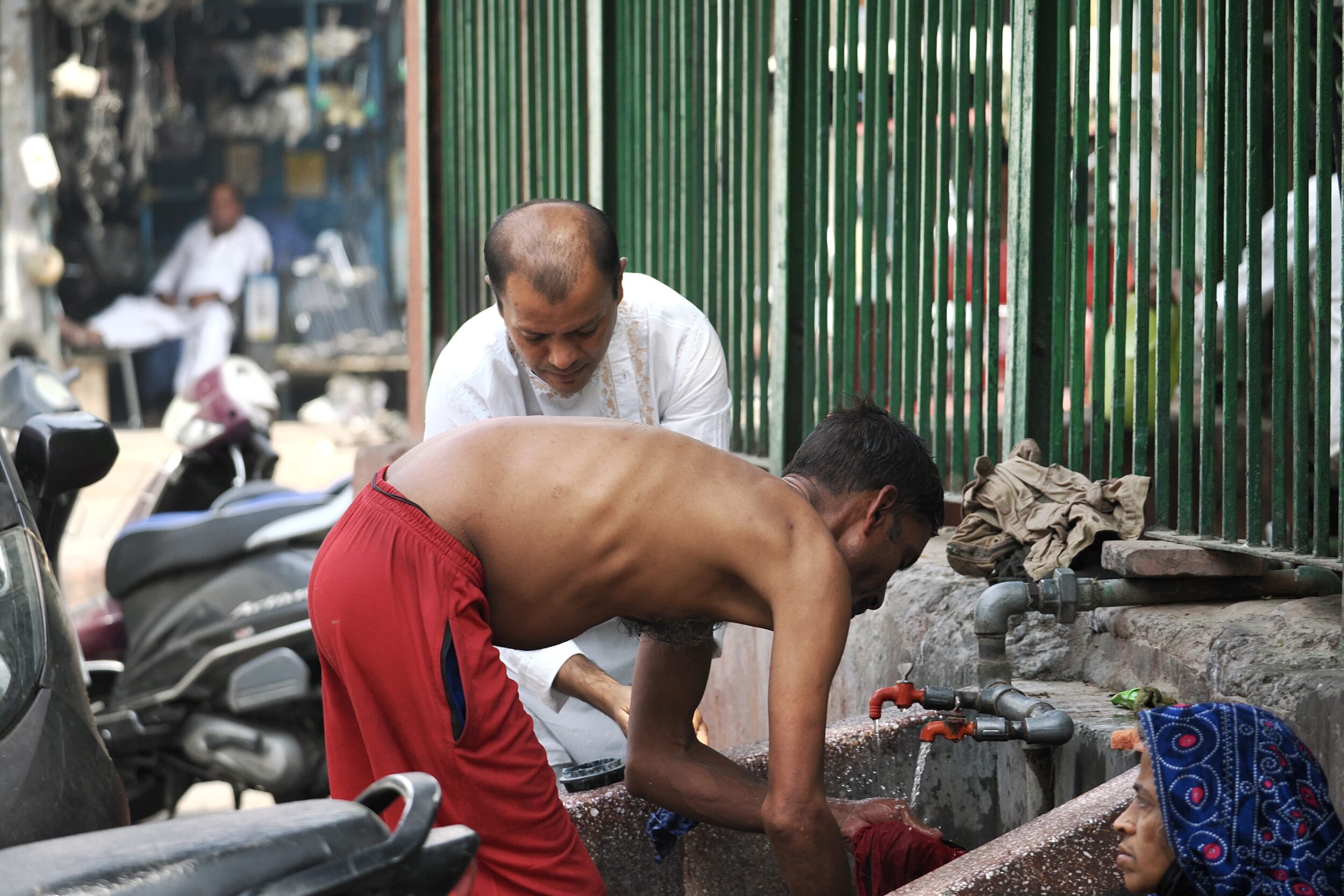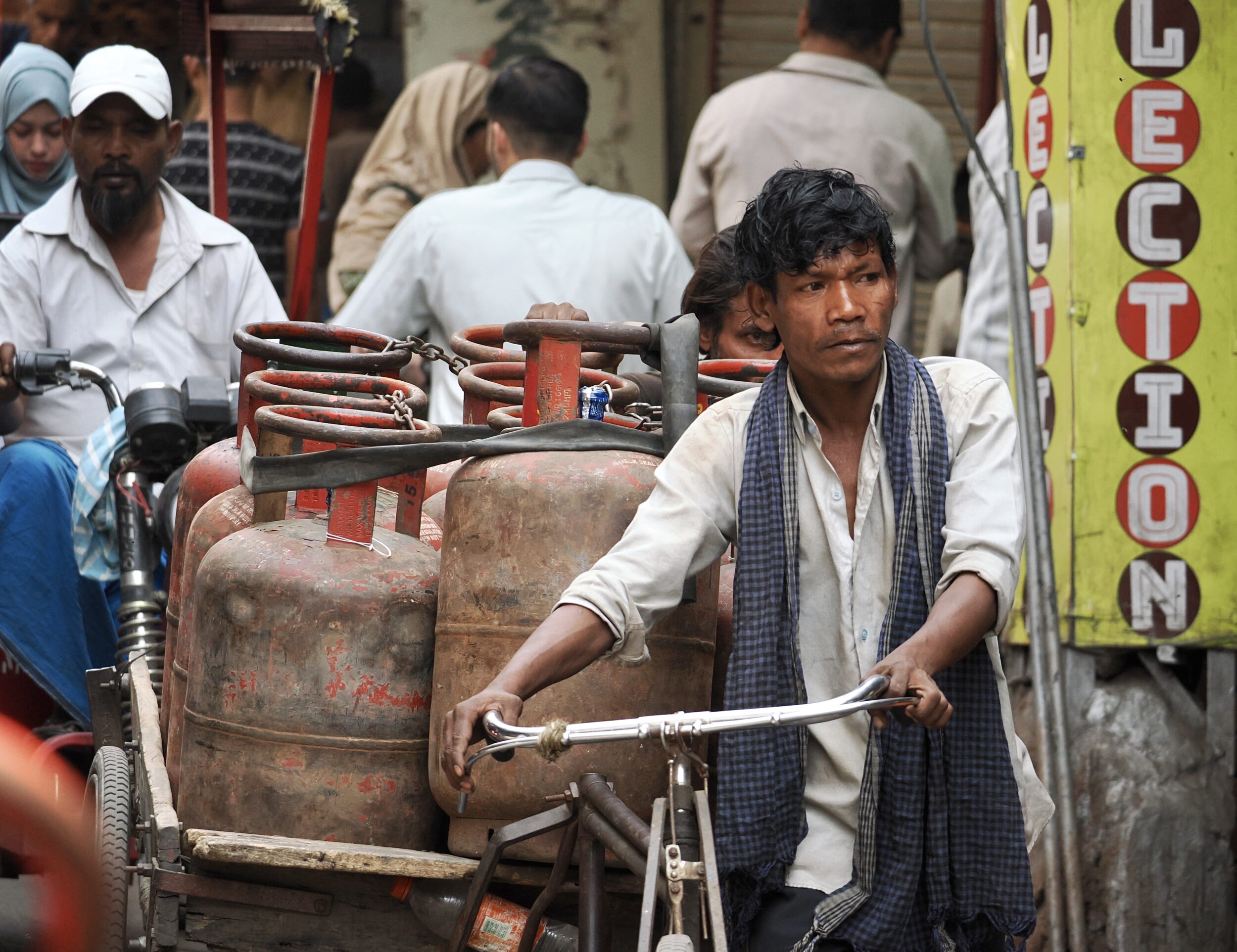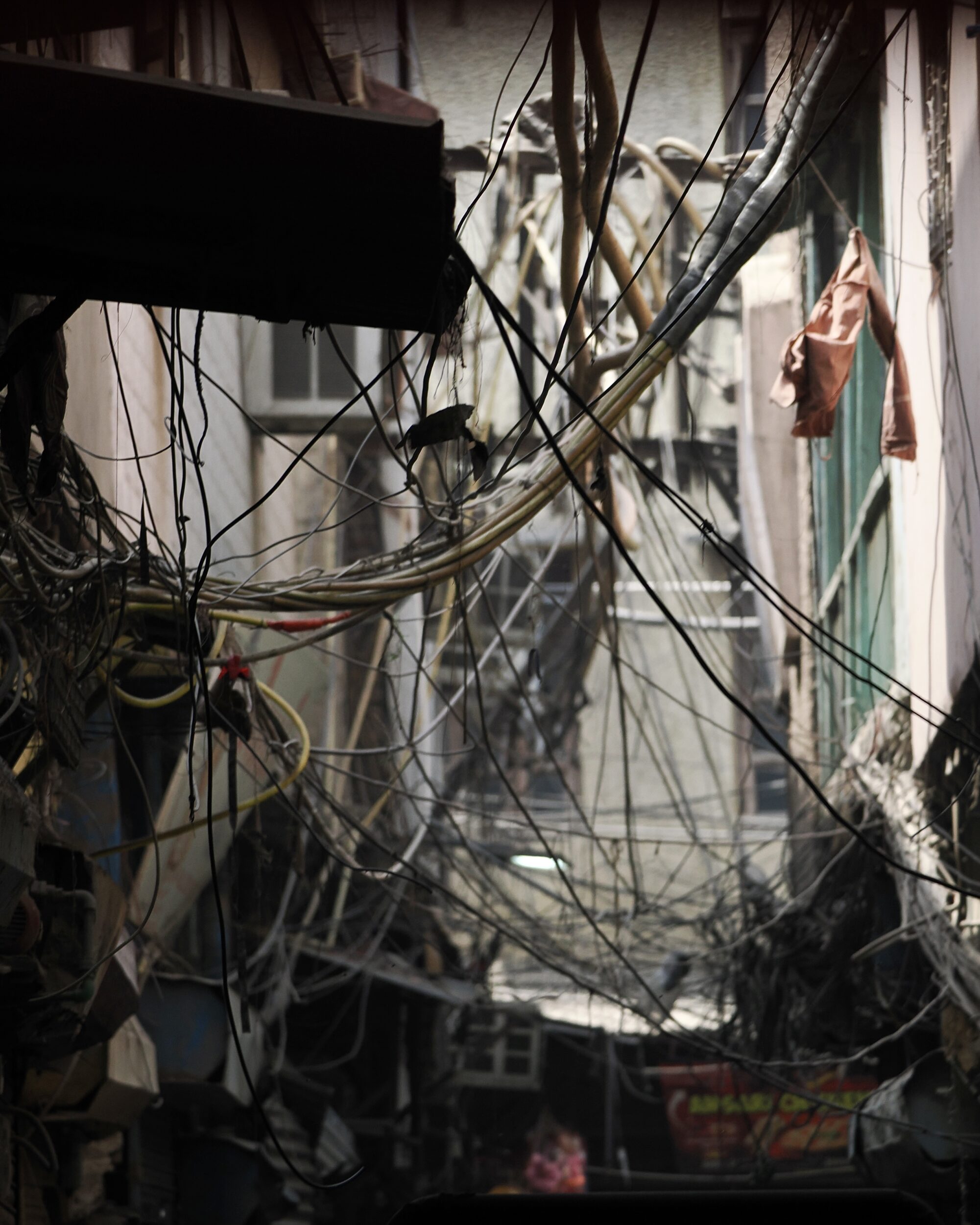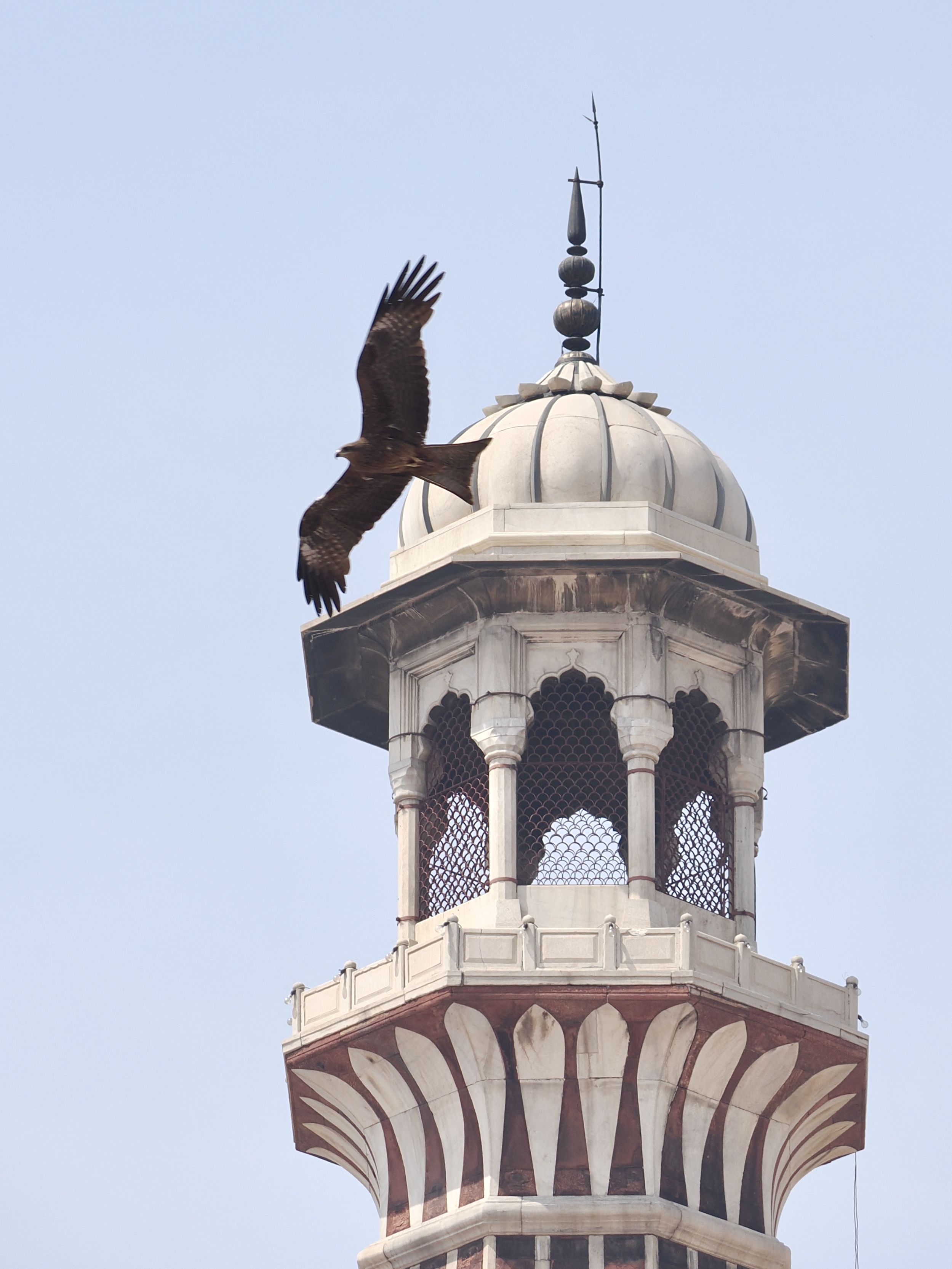A little more than four out of five of Delhi’s nearly 34 million residents are Hindus.
A little less than one in seven are Muslims.
In Old Delhi, however, Muslims are the “majority” population.
Old Delhi is ethnically and culturally very diverse.
So is India as a whole.
Neither India’s Hindu “majority” nor its Muslim “minority” – the largest of its various religiously-affiliated “minorities” – is “uniform” or “monolithic”.
Bigotry and prejudice – and their total absence – are evident in the actual behaviour of adherents of whatever “Faith”, as they are among agnostics and atheists.
Q: Knowing all those things, how do you “read” this post’s (unposed, entirely “candid”) photo, taken in a very busy street?
Comments closed